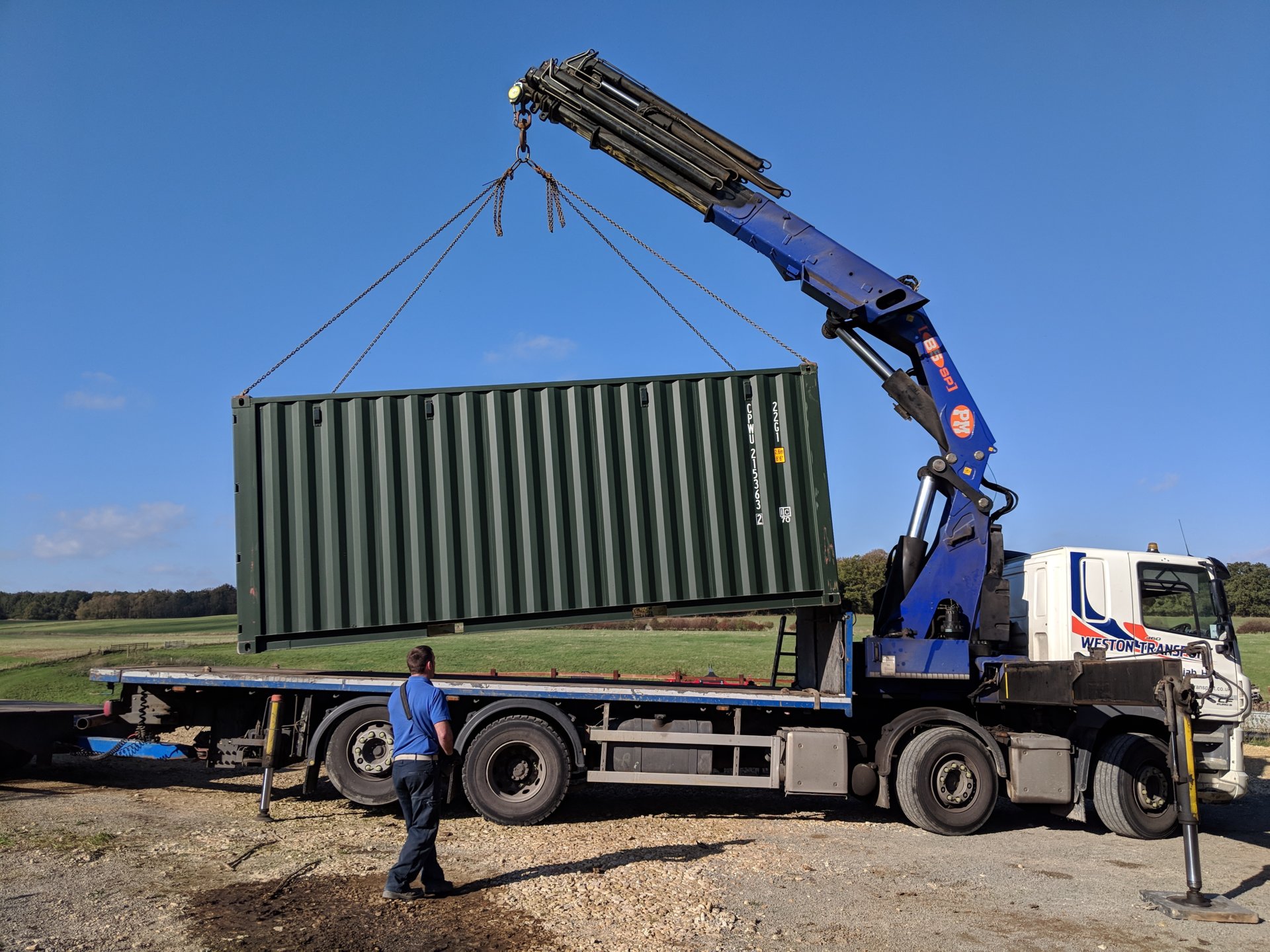Shipping Container Rental in the UK: Everything You Need to Know
It is important to choose the right container rental partner with the expertise and knowledge to guide you through the container rental process. Billie Box has been trading for over 12 years now and we offer 20ft and 40ft containers on a rental basis. Renting a shipping container from Billie Box in the UK is …










